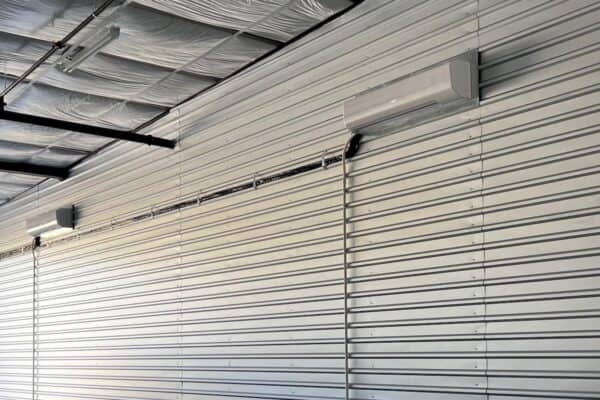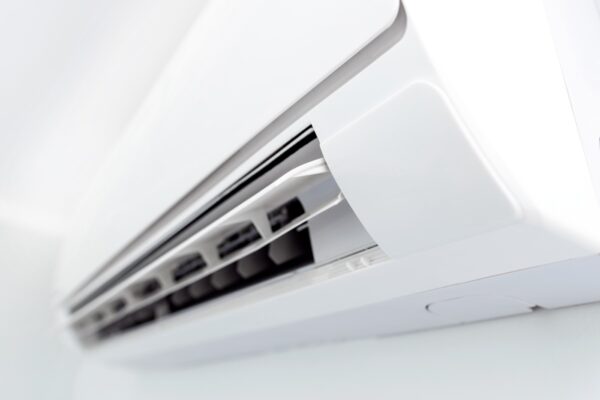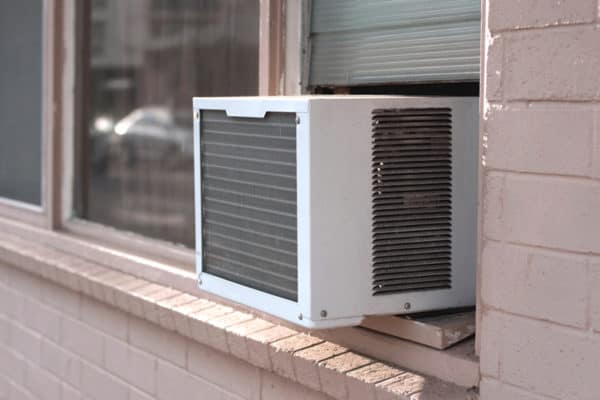12 Different Types of Commercial HVAC Systems by Efficiency
There are many types of HVAC systems used in commercial buildings but which is the most efficient type of HVAC system? Hence, I did some research and seek advice from one of my seniors to come out with the following list of 12 different types of commercial HVAC systems by efficiency.
Rank 12
AIR-COOLED PACKAGED SYSTEM
🌿
The air-cooled packaged HVAC system is the combination of the indoor unit and the outdoor unit of the split system. An air-cooled packaged unit has only one unit packaged together as opposed to a split unit which has one indoor unit and one outdoor unit. They are compact, cheap, space-saving and easy to do maintenance.
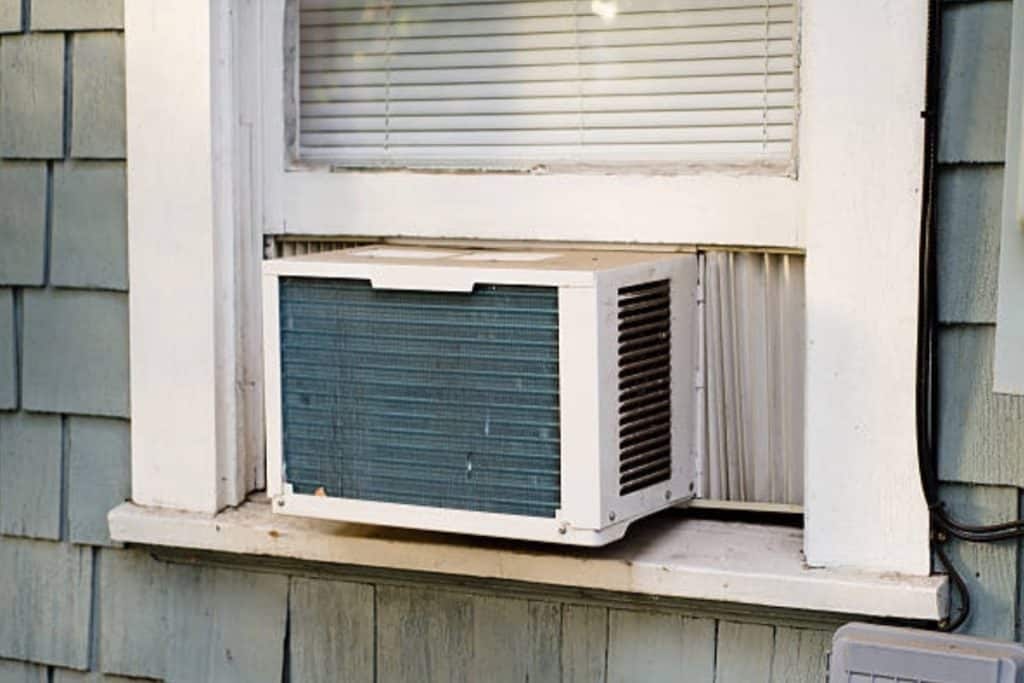
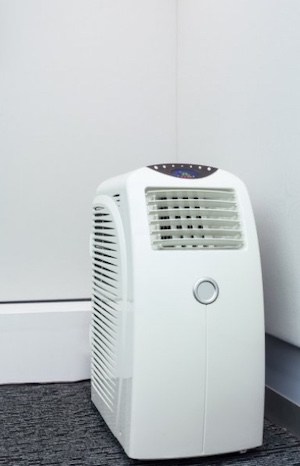

However, they are the least efficient among all air conditioning systems. Some of the air-cooled packaged units are window air conditioners, portable air conditioners, central air conditioners (attic) and rooftop units.
Rank 11
SINGLE SPLIT SYSTEM
🌿🌿
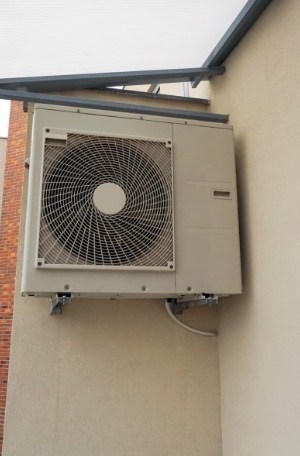

The single split system is the most used type of air conditioning system. Small commercial buildings such as offices and shop lots use DX single split units the most. Besides, it’s the most popular HVAC system for residential buildings.
The single split system has one indoor unit and one outdoor unit that is connected by a set of refrigerant pipes. The single split system has inverter technology nowadays. It has different types of indoor units such as the common wall-mounted type, ceiling cassette type, ceiling suspended type, ceiling concealed type and floor standing type.
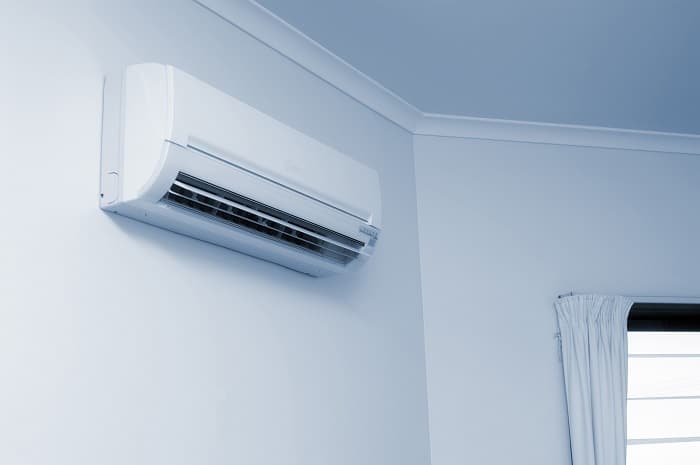
Rank 10
MULTI SPLIT SYSTEM
🌿🌿🌿
The multi split system adopted the same working principle as the single split. But, it has a larger outdoor unit that connects to multiple indoor units. The multi split system is best known for space-saving. One multi split outdoor unit can connect up to 5 indoor units.
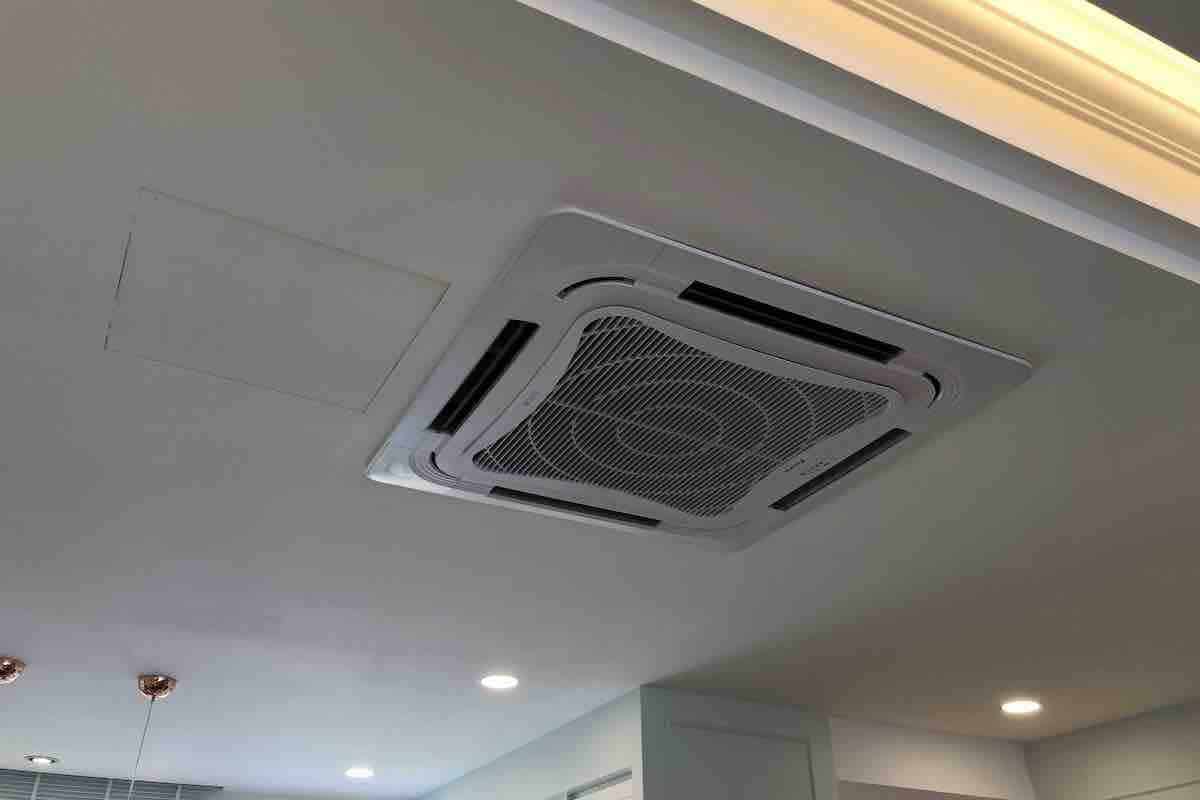
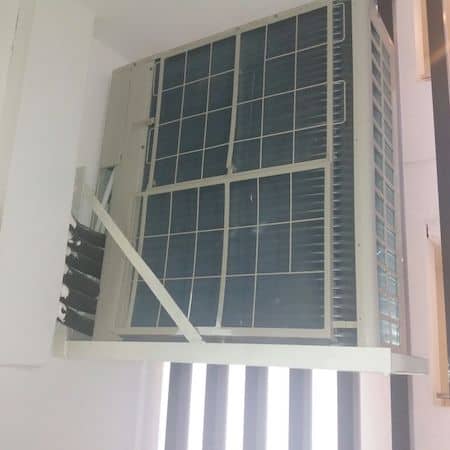

Although the multi split system has only one outdoor unit, it is not any cheaper to install than the single split system because all multi split indoor units need the same amount of refrigerant pipes as the single split system.
Rank 9
AIR-COOLED CHILLER SYSTEM
🌿🌿🌿🌿
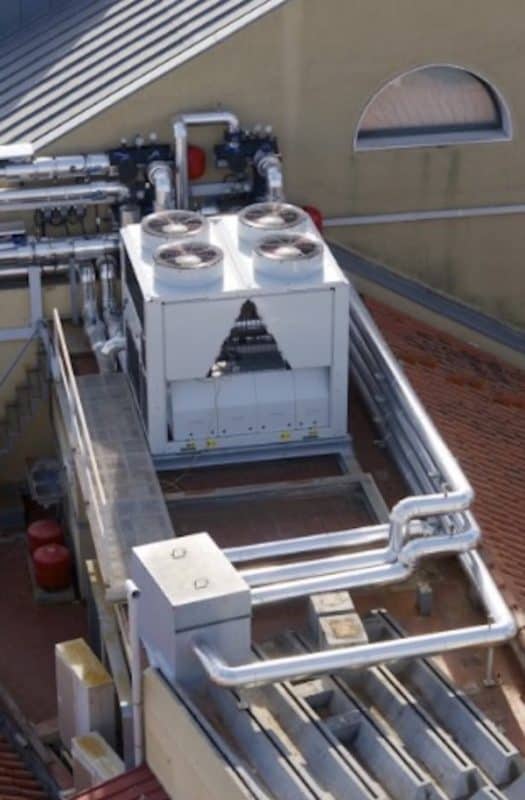
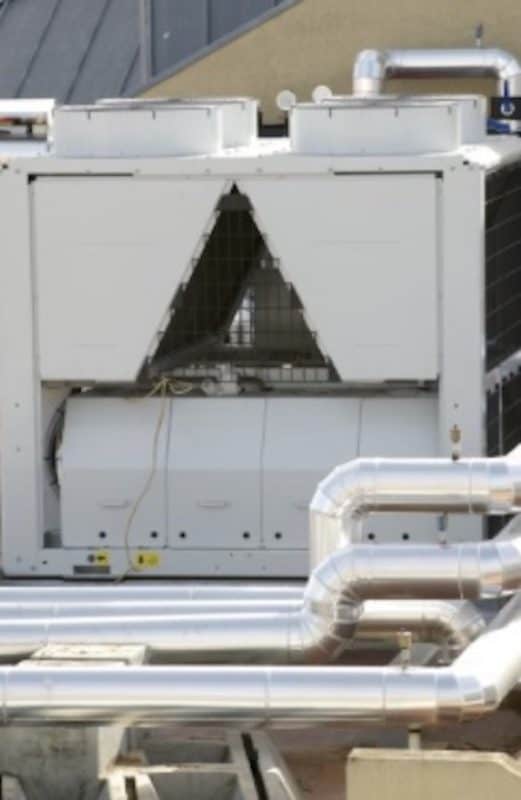
Air-cooled chillers use the ambient air for heat rejection and provide chilled water to all associated evaporators. Within air-cooled chillers, they have mainly three types; a) scroll compressor type, b) screw compressor type and c) modular chillers which can be scaled by adding more modules just like legos.
Similar to water-cooled chillers, air-cooled chillers use chilled water pipes to transfer the chilled water to all evaporators. They don’t need cooling towers but chilled water pumps are required.

Rank 8
AIR-COOLED VRF SYSTEM
🌿🌿🌿🌿🌿
The air-cooled VRF (variable refrigerant flow) or VRV (variable refrigerant volume) system is a kind of multi split system but with refrigerant controls. Unlike the multi split system, the air-cooled VRF system only has one set of refrigerant pipes. All VRF indoor units are connected at the branches using a refnet joint that is only needed in a VRF system.
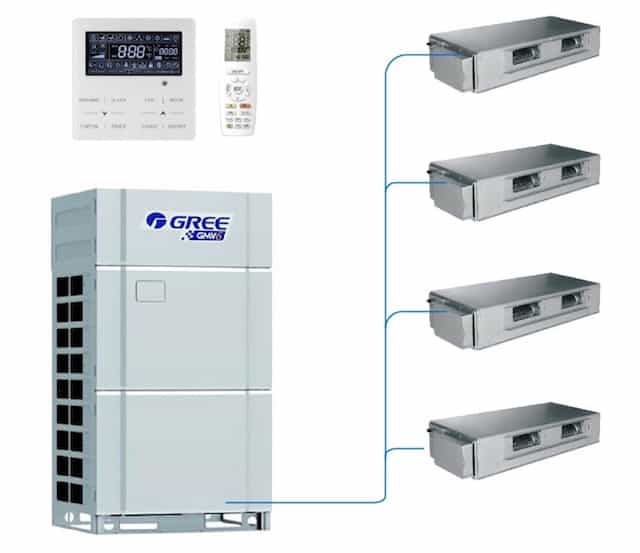

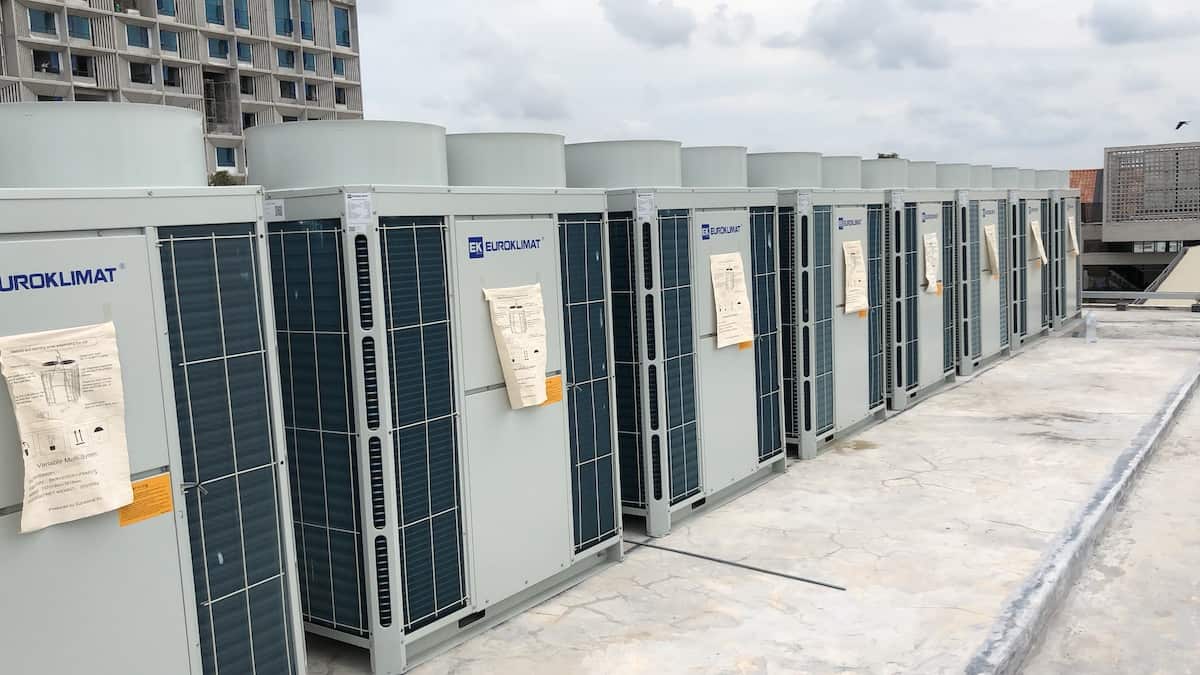
Some VRF systems have variable refrigerant temperature (VRT) technology to further improve the overall system energy efficiency. Because the air-cooled VRF system has a large capacity outdoor unit, a large air handling unit (AHU) can be used as its indoor unit.
Rank 7
HYBRID CHILLER SYSTEM
🌿🌿🌿🌿🌿🌿


A hybrid chiller is a combination of an air-cooled chiller and a mini cooling tower. Hybrid chillers spray water onto their coil and draw ambient air for heat transfer. They adopted both the evaporative cooling and convection heat transfer principles.
Maintenance is a challenging task for hybrid chillers due to water corrosion. Otherwise, the cost is extremely high for stainless steel coils.

Rank 6
WATER-COOLED PACKAGED SYSTEM
🌿🌿🌿🌿🌿🌿🌿
Water-cooled packaged units are just like air-cooled packaged units but they don’t use fans but water for heat transfer. The primary advantage is being able to install indoor. Small units can even be placed above the ceiling which is very convenient.
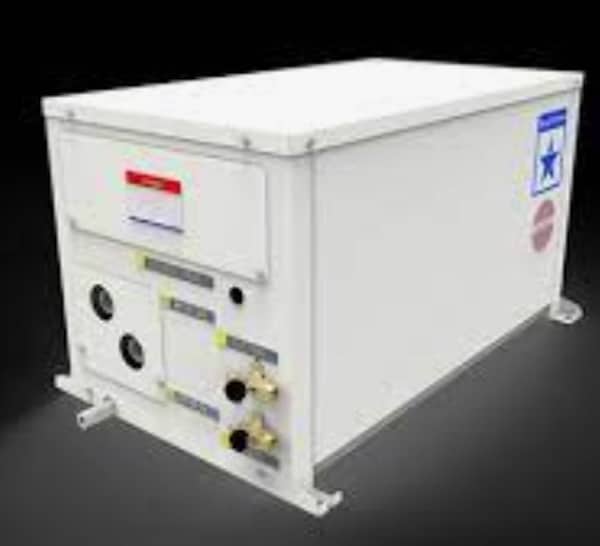
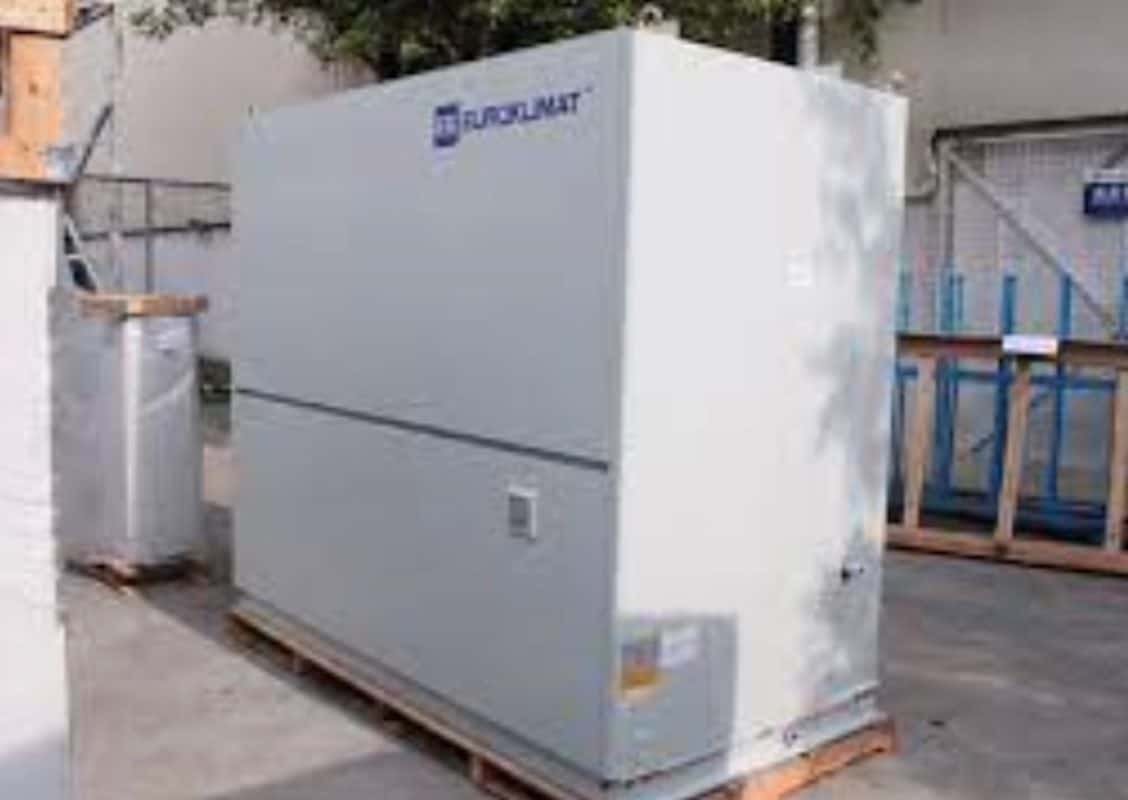
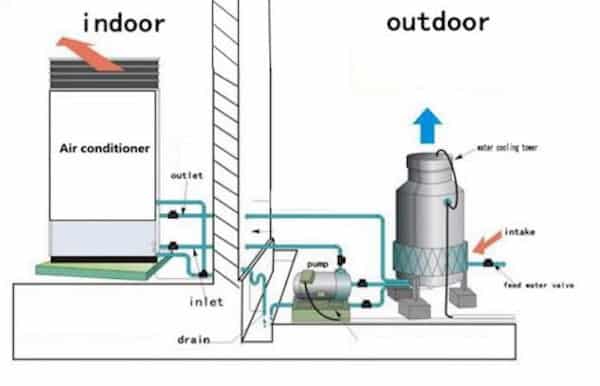
Water-cooled packaged units need to work with cooling towers and condenser pumps for heat rejection. While the unit itself is space-saving, the entire system occupied a significant amount of space.
Rank 5
WATER-COOLED VRF SYSTEM
🌿🌿🌿🌿🌿🌿🌿🌿
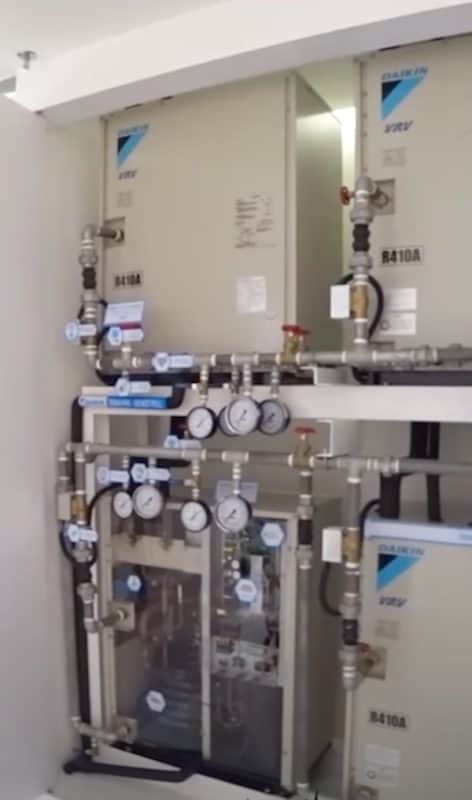
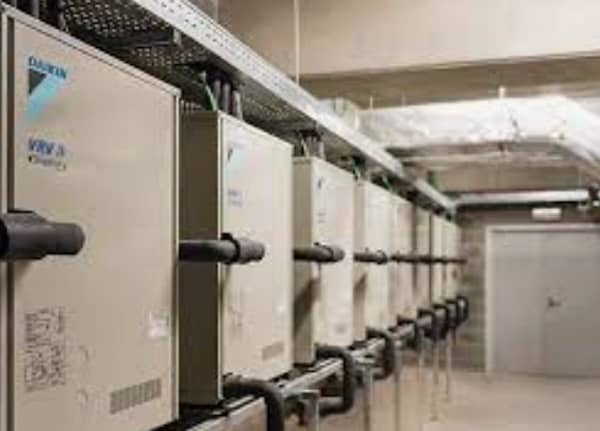
The water-cooled VRF system is just like the air-cooled VRF system but uses water instead of the ambient air for heat rejection/absorption. Hence, it is an excellent space-saving air conditioning unit.
Similar to the water-cooled packaged system, the water-cooled VRF system needs to work with cooling towers and condenser pumps. However, they have inverter technology to further improve the overall system efficiency.
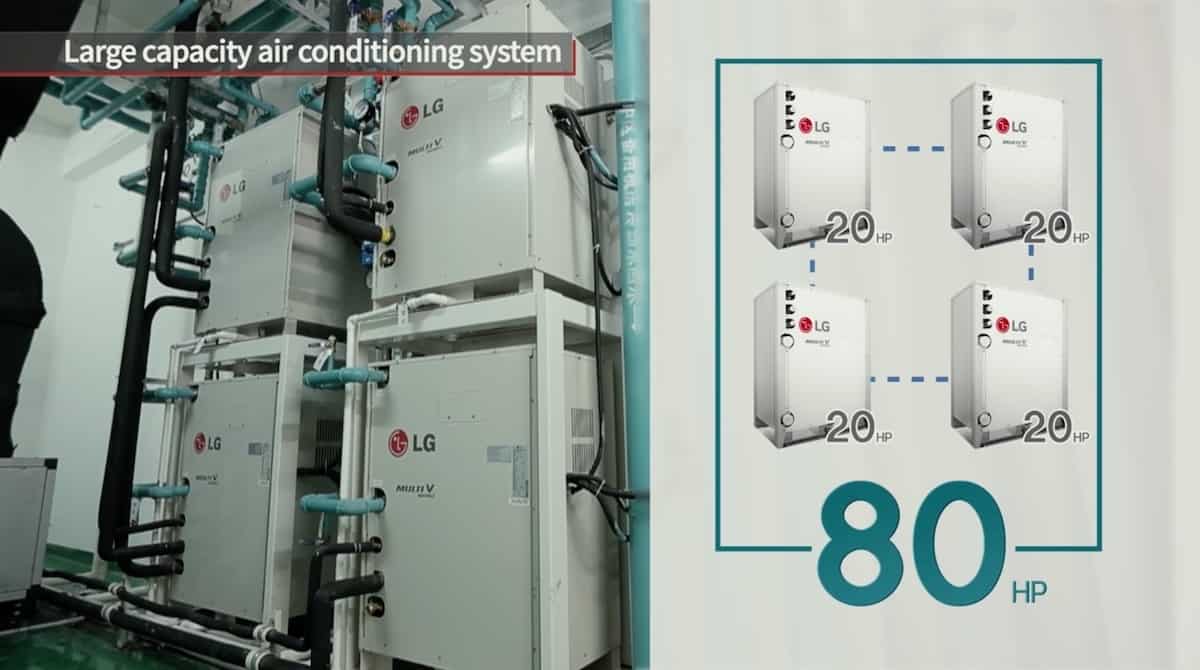
Rank 4
WATER-COOLED CHILLER SYSTEM
🌿🌿🌿🌿🌿🌿🌿🌿🌿🌿🌿
The water-cooled chiller system is the most common type of HVAC system used in commercial buildings. Water-cooled chillers mainly have three types; a) screw compressor type, b) centrifugal type and c) magnetic bearing type. Magnetic bearing water-cooled centrifugal chillers are the most efficient type of water-cooled chiller.
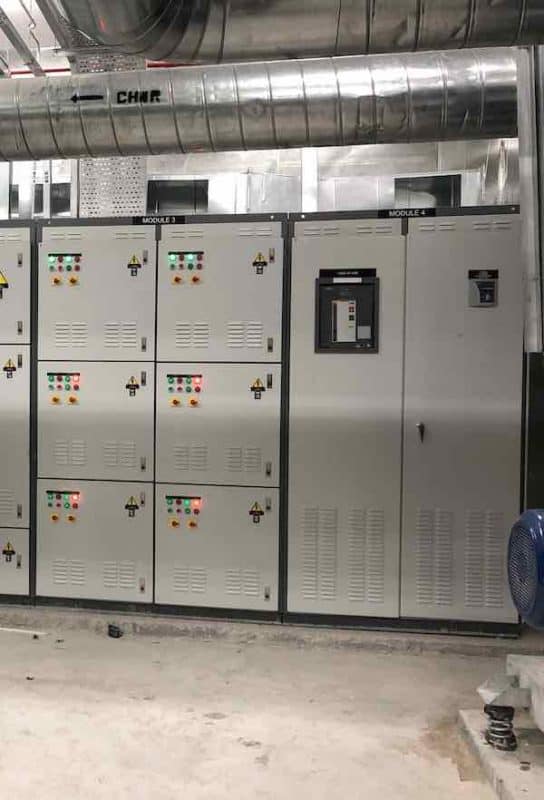

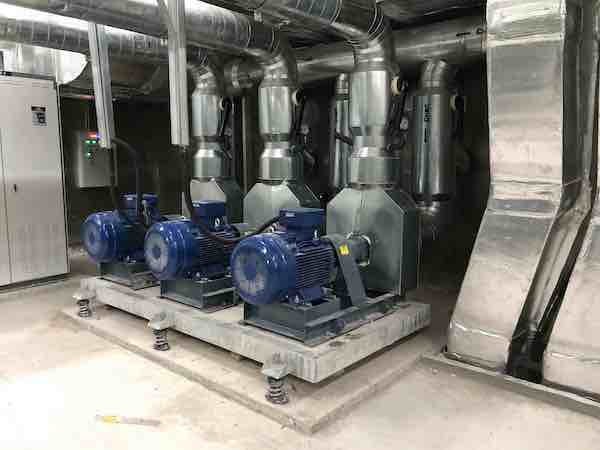
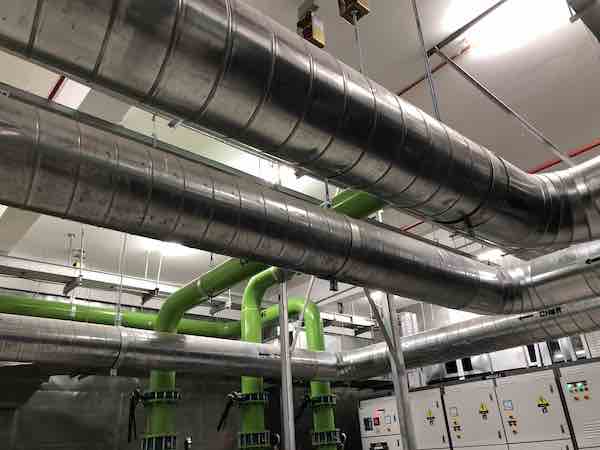

The water-cooled chiller system consists of everything from cooling towers to chilled water pumps, condenser pumps, chiller pipes and water treatment systems.
Rank 3
GROUND SOURCE HEAT PUMP SYSTEM
🌿🌿🌿🌿🌿🌿🌿🌿🌿🌿🌿🌿🌿🌿
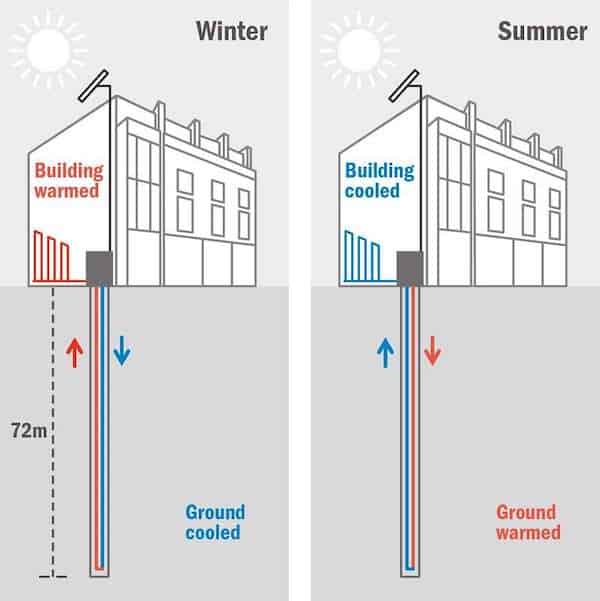
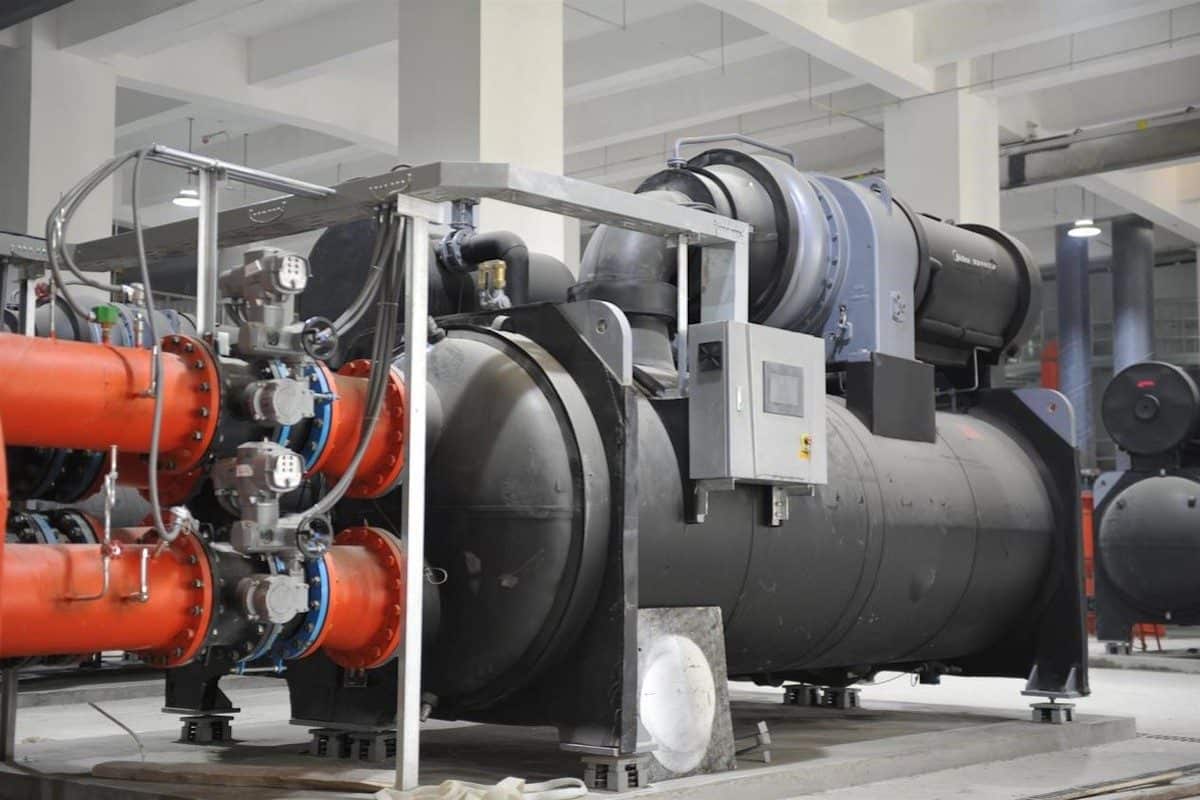
The ground source heat pump system is a special type of HVAC system that utilizes the thermal energy from the Earth. Extensive excavation works need to be done to lay all the piping underground. Hence, ground source heat pumps are rare but they do offer excellent efficiency.
Similar to water-cooled air conditioners, ground source heat pumps can be located inside the house. Besides, VRF air conditioners can use ground sources to boost their energy efficiency even further.
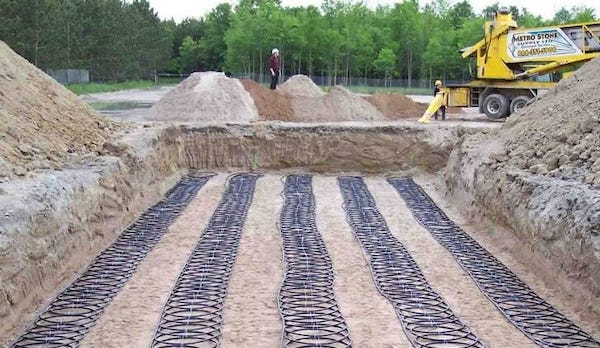
Rank 2
WATER SOURCE HEAT PUMP SYSTEM
🌿🌿🌿🌿🌿🌿🌿🌿🌿🌿🌿🌿🌿🌿🌿🌿
The water-source heat pump system can use river water, lake water and even wastewater for heat rejection/absorption. Particularly, river water source heat pump has the best efficiency because the flowing water brings new energy all the time.
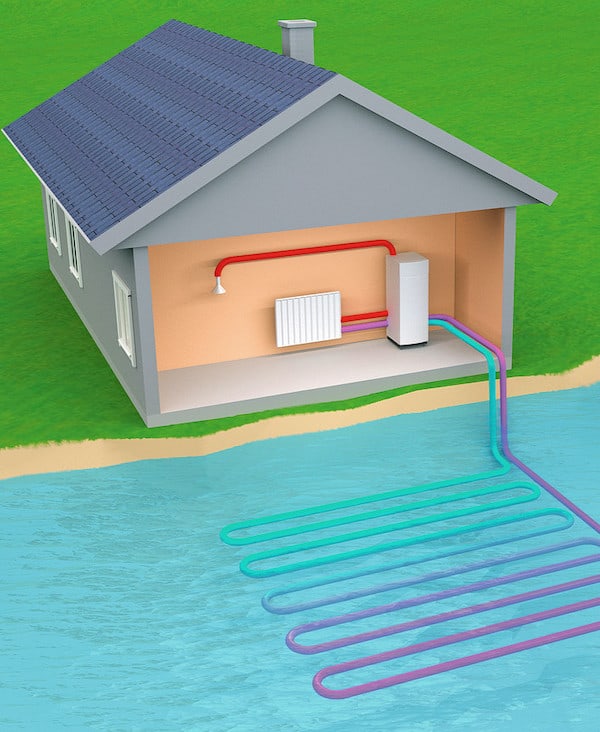


However, the water source heat pump system only can be used in buildings near a water source. This type of HVAC system is also very expensive to build and maintain.
Rank 1
DISTRICT COOLING PLANT
🌿🌿🌿🌿🌿🌿🌿🌿🌿🌿🌿🌿🌿🌿🌿🌿🌿🌿🌿🌿🌿🌿
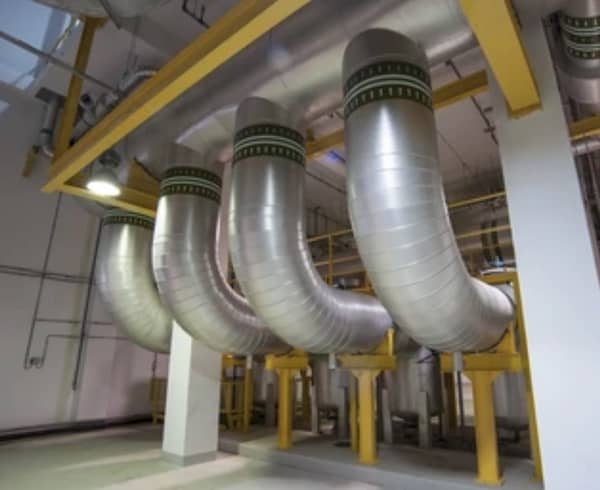
Some district cooling plants use thermal energy storage tanks to use electricity during off-peak hours and thus, reduce the operation cost.
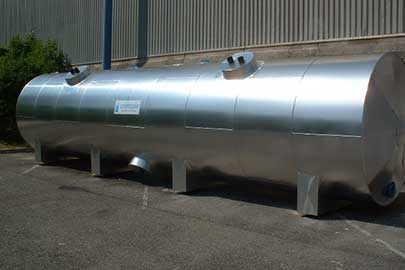
A district cooling plant is a centralized cooling plant that supplies chilled water to multiple buildings through underground chilled water pipes. It is the largest type of HVAC system that yields the best energy efficiency.

The Pearl’s integrated district cooling plant (IDCP) is currently the largest district cooling plant in the world with an unimaginable 130,000 refrigeration tons of cooling capacity. It has 23 units of 4,850 tons counter-flow centrifugal chillers, each weighs 2,500 tons.
Most district cooling plants use extremely large water-cooled centrifugal chillers to get the highest plant room efficiency regardless of space issues. The cooling towers in a district cooling plant are also huge in size.
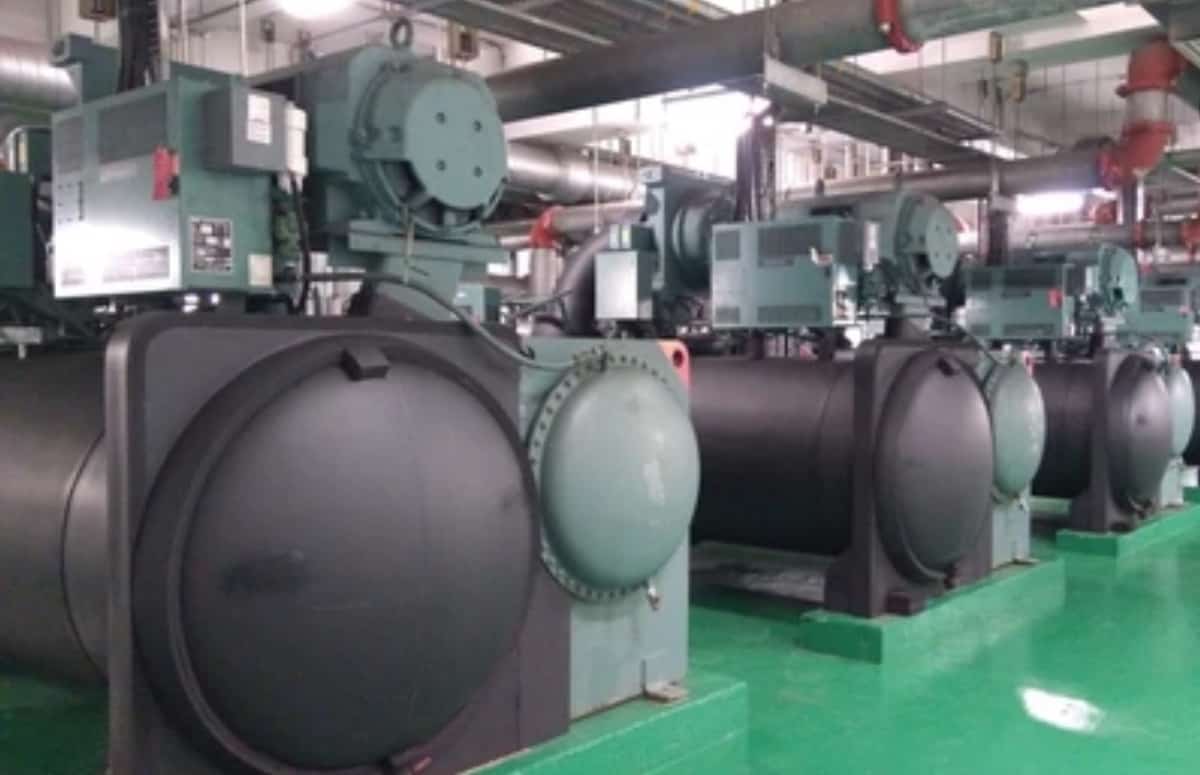
Conclusion
Blindly using the most efficient HVAC system doesn’t mean that it’s good. While we should always use the most efficient system but we need to be practical as well. Hardly anyone will use a very expensive but highly efficient HVAC system. An HVAC system with balanced cost and efficiency will always be the best HVAC system.
Purchase and download the HVAC Begin (eBook) to learn more about HVAC.
If you have anything to add (or ask) about this topic, leave a comment down below!



